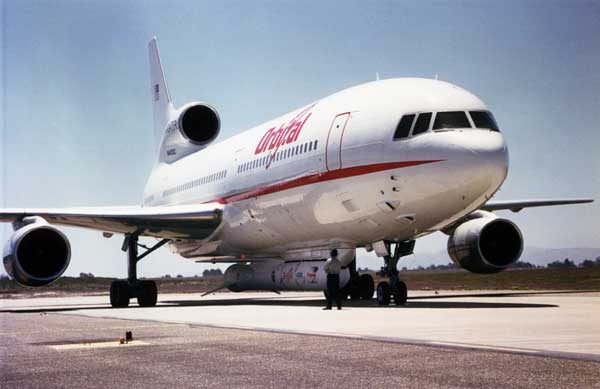NASA reported “a great insertion orbit” for its newest orbiting telescope for studying the Sun’s dynamic temperature bands, which was drop-launched from a former airliner off the central California coast Thursday night.
The Interface Region Imaging Spectrograph (IRIS) spacecraft is to operate from about a 400-mile-high sun synchronous orbit from which it will study solar and plasma physics, space weather and astrophysics to gain a better understanding of how the sun’s internal convective flows power its atmospheric activity. Spikes in that activity can interrupt electrical grids and disrupt communications satellites.
The launch used a three-stage Orbital Sciences Pegasus XL booster that was dropped from Orbital’s Lockheed L-1011 Tristar flying at 39,000 ft. about 100 miles northwest of Vandenberg AFB. The mission operations center at NASA’s Ames Research Center reported that the solar array deployment and initial systems operations are all nominal.
For the complete story by Michael Mecham of Aviation Week, click here.
















